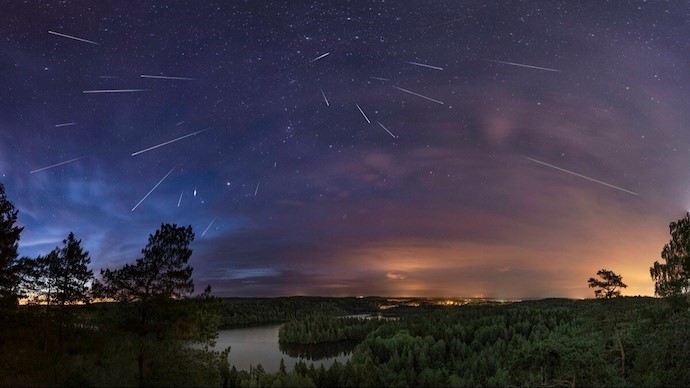Free Courses Sale ends Soon, Get It Now


Free Courses Sale ends Soon, Get It Now



Disclaimer: Copyright infringement not intended.
Context
The celestial calendar for 2023 is set to offer a spectacular show as the Orionid meteor shower is expected to rain down its greatest number of meteors on the mornings of October 21 and 22.
Details
About Orionid meteor shower
Characteristics:
Timing and Peak:
Historical Significance:
About Halley’s Comet
Characteristics:
History:
Significance:
Recent Appearances:
About Meteors
About Comets
Conclusion
Studying meteors and comets is vital for understanding the history and dynamics of the Solar System. These celestial objects offer valuable insights into the processes that have shaped the universe and continue to influence the development of life on Earth.
|
PRACTICE QUESTION Q. What is the astronomical phenomenon associated with the debris left behind by Halley's Comet? a) Taurid meteor shower b) Orionid meteor shower c) Leonid meteor shower d) Geminid meteor shower Correct Answer: b) |
© 2024 iasgyan. All right reserved